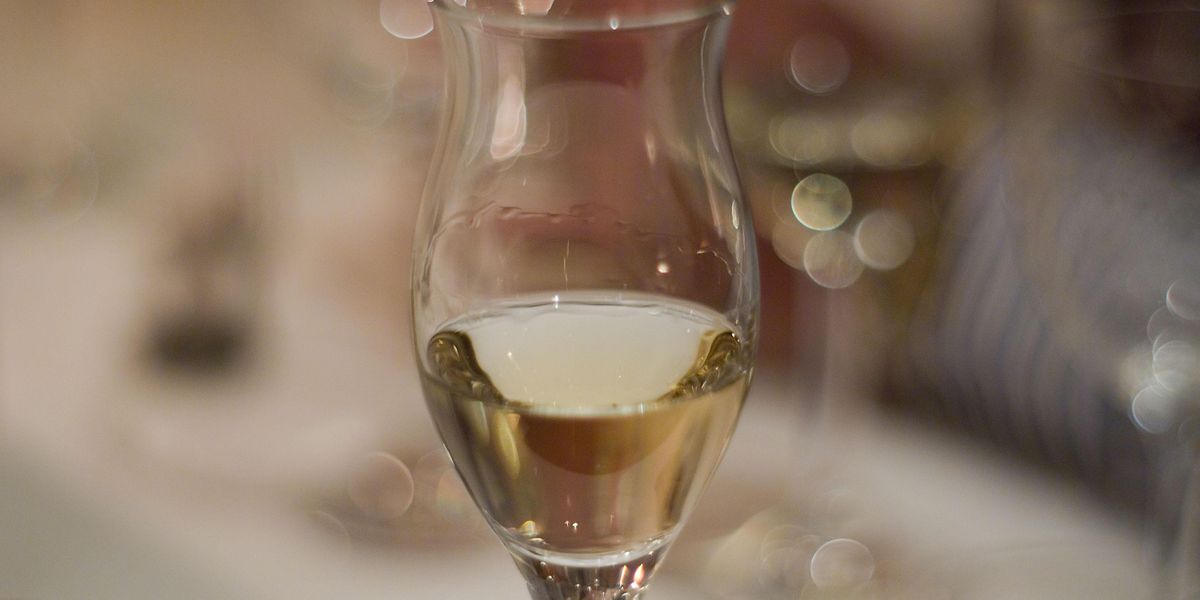
Grappa is the Italian distillate par excellence, obtained exclusively from a solid raw material: grape pomace. What remains from the pressing of wine grapes, the skins of the berries, is placed inside copper boilers (the alembic), where the water vapor extracts the alcoholic part contained in them.
The purpose of distillation is not only to concentrate the alcohol of pomace but also to extract the aromas contained in it, those substances that will characterize our grappa. In fact, a good grappa is capable of capturing the essence of a grape variety, to the point of even recognizing its terroir.
In Italy, we find the first documents about grappa in Salerno, around the year 1000, when the Istituto Superiore delle Scienze (Institute of Sciences) regulated the techniques for distillation and during the Middle Ages the distillation of wine was exclusively for medicinal purposes.
But the real birth of grappa took place with the introduction in the alembics of the water cooler, around 1300-1400.
In Italy grappa was used as a way to reuse the waste of the grape harvest and it was more developed in the north among farmers of Piedmont, Veneto and Trentino.
In order to be defined as such, grappa must follow three rules: it must be produced from a solid raw material which must be directly put into an alembic still; it must be exclusively obtained by distillation; it must be produced in a specific geographic area, in fact some grappas can also have a geographic denomination, such as grappa of Barolo, Piedmont, Lombardy, Veneto, Trentino, Alto Adige, Friuli. Moreover, the distillate can also have the appellation of a DOCG, DOC or IGT wine when it is produced with pomace coming from the production of that particular wine.
Tasting notes
Grappa should not be served too cold and, above all, never too warm. The ideal serving temperature for young and young aromatic grappas is between 9 and 13°C (43 and 53°F). Whereas, with rare exceptions, aged grappas should be tasted at a temperature of 17°C (63°F). The same attention should be paid to the tasting glass. It is made of a tulip of medium size (100-150 millimeters), medium rounded and not too narrow at the mouth, strictly made of crystal or sound glass.
Grappas differ greatly according to the most used as a starting point and the tasting techniques used. Therefore we can only illustrate the method of analysis.
Visually, grappa must be limpid, free from impurities. It will be crystal white in case it is young, straw yellow or dark amber in case it is aged. The color is given by the natural coloring substances present in the wood of the barrique: therefore the more years of aging, the darker the color will be.
As for olfactory descriptors, every white grappa should have the characteristic aromas of the grape from which it is produced. White grappas are preferably produced with grapes having a fruity aroma and therefore are characterized by aromas reminiscent of apple, pear, apricot and floral aromas with light nuances of aromatic herbs: they offer a delicate and pleasing bouquet. Barrel wines instead offer hints of vanilla, hints of jam, sweet spices, wood.
In the mouth white grappas have clean, smooth and pleasing sensations, without any burning, with fruity and floral notes, without any defect or unpleasant smell, not related to the grape and to its proper fermentation. Grappas aged in barrique give off smooth and elegant sensations, reminiscent of vanilla, spices, wood. Reserves aged for a long time, from 3 years on, also have hints of tobacco, leather, licorice and chocolate.







